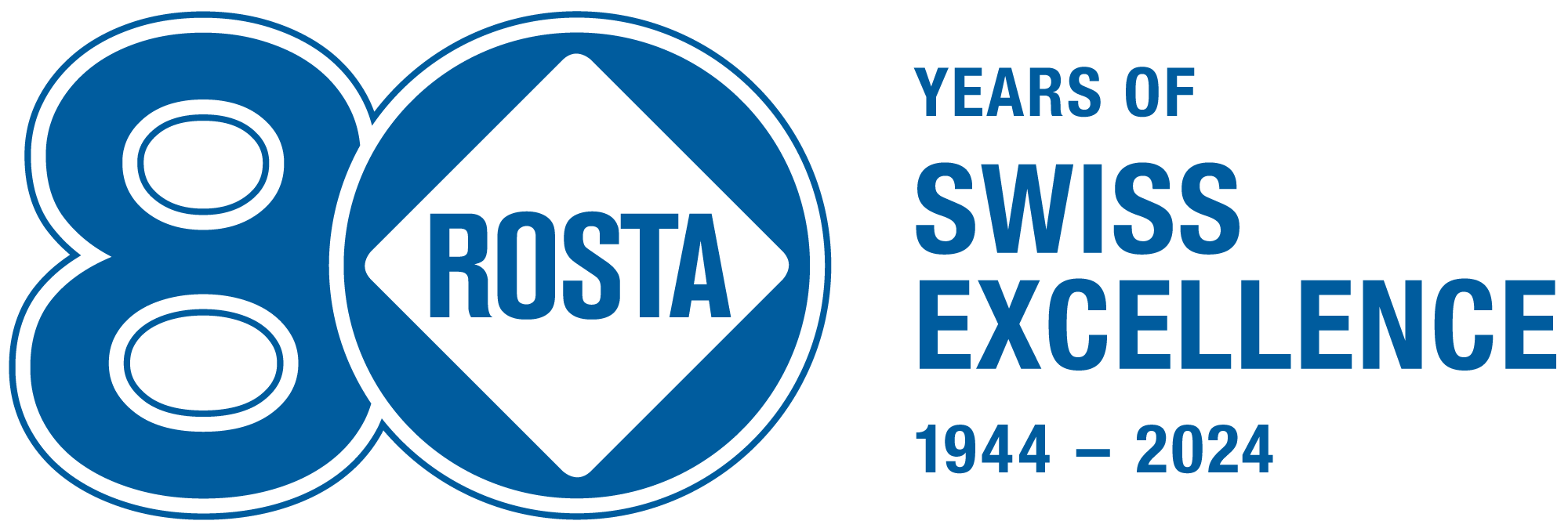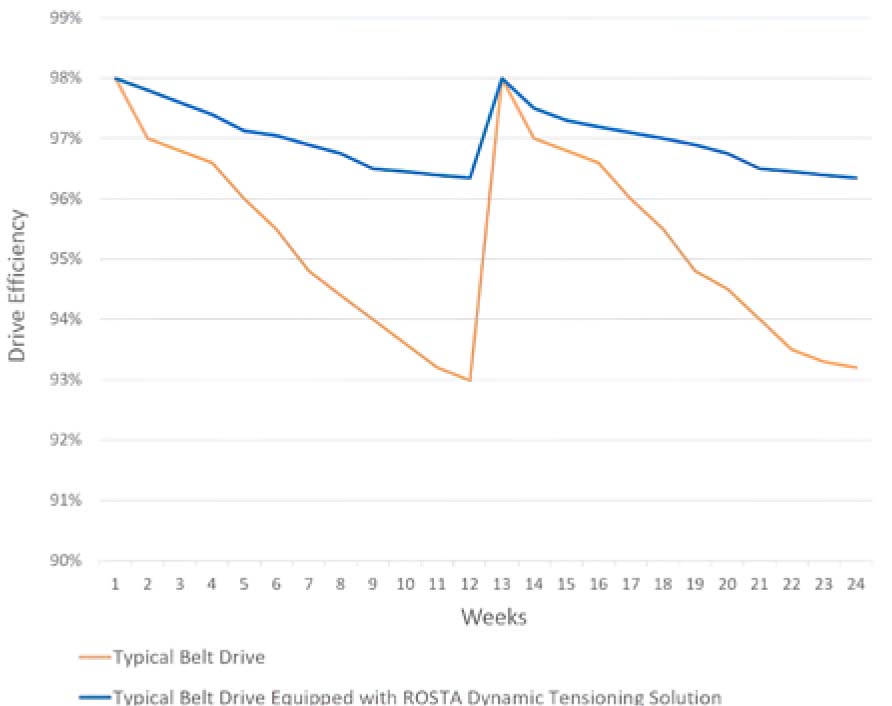Country
Motor power
No. of motors
Working Weeks per Year
Working Hours per Day
Working Days per Week
Electricity Cost [ARS per kWh]
ARSGrams of CO2 per kWh
A typical v-belt drive with periodic manual adjustments to belt tension
Estimated CO2e Emissions
Tonnes per day
0.73
Tonnes per year
211.5
Estimated electricity cost for selected motor(s)
ARS per day
9,129
ARS per year
2,629,018
Same typical v-belt drive with ROSTA Dynamic Tensioning Technology
Average Reduction in CO2e Emissions
Tonnes per day
0.03
Tonnes per year
9.0
Average Electricty Cost Savings
ARS per day
388
ARS per year
111,873


